When exploring solutions for sweet production, selecting the right equipment is a critical decision. Choosing the right Candy Machine in a Candy Machine Factory can significantly influence operational efficiency, reduce production delays, and enhance overall workflow. Factories that carefully assess their needs often notice smoother operations and consistent output quality. Understanding the nuances of machine types, operational features, and production requirements is essential for anyone aiming to improve manufacturing processes without unnecessary expenditure.
Understanding Your Production Needs
Before deciding on a machine, it is important to evaluate the scope of production. Consider the volume of candies expected, the type of product being produced, and how frequently batches are processed. Some machines are better suited for continuous operations, while others excel at intermittent or small-scale runs. Assessing production goals allows managers to identify machines that align with operational objectives, minimizing downtime and ensuring that resources are used efficiently.
-
Product Variety: Different types of candies require different processing techniques. For instance, a machine designed for hard candies may not work efficiently with gummies or chocolates. Understanding the product range will guide the choice of machinery.
-
Batch Size: Large-scale production demands machines capable of handling higher throughput, while smaller batches may benefit from flexible machines that can be easily adjusted.
-
Workflow Integration: A machine should integrate seamlessly into existing production lines. If a machine disrupts the flow of operations, it may cause inefficiencies despite its technical advantages.
Features That Influence Efficiency
Efficiency is not solely determined by the speed of a machine. Operational design, ease of use, and reliability all play a role. Selecting equipment that balances these aspects ensures consistent performance without overburdening staff.
-
Automation Level: Machines with appropriate automation reduce manual intervention, lowering the chance of human error. However, over-automation may complicate maintenance, so it is vital to find a balanced solution.
-
Ease of Cleaning and Maintenance: Hygiene is a priority in candy production. Machines that can be easily cleaned without extensive disassembly save time and reduce the likelihood of contamination.
-
Adjustable Settings: Machines offering customizable settings for speed, temperature, or pressure allow operators to fine-tune production according to different product types, enhancing overall adaptability.
Energy Considerations
Operational efficiency also includes energy consumption. Machines that use energy effectively reduce operational costs and contribute to sustainable production. Evaluating the power requirements and energy-saving features of a machine can help identify equipment that supports long-term efficiency.
-
Energy-Saving Options: Some machines allow operators to adjust energy use according to batch size or production demands.
-
Consistent Output: Machines that maintain steady performance with minimal fluctuations reduce waste and improve productivity.
Operator Training and Usability
The human element remains a key factor in production efficiency. A well-trained operator can maximize the potential of a machine. Machines designed with user-friendly interfaces, clear instructions, and safety mechanisms help operators perform tasks accurately and efficiently. Investing in training ensures that staff can manage machinery effectively, reducing errors and production delays.
Key Points for Operator Consideration
-
Intuitive Controls: Simple control systems allow operators to adjust parameters quickly without confusion.
-
Monitoring Systems: Machines with clear indicators for temperature, speed, or operational status help staff respond promptly to irregularities.
-
Safety Measures: Built-in safety features protect operators and prevent machine downtime caused by accidents.
Material Handling and Compatibility
The type of material used in production influences machine choice. Certain equipment handles viscous or sticky substances better, while others perform well with hard or brittle materials. Understanding the compatibility between machinery and ingredients ensures smooth operation and prevents unnecessary wear or breakdowns.
-
Flexible Handling: Machines that accommodate different types of raw materials without extensive modification save time.
-
Reduced Waste: Appropriate machines minimize the loss of ingredients during processing, which contributes to operational efficiency.
Production Layout and Space Optimization
A well-organized production floor contributes to efficiency as much as machine performance. Positioning equipment for optimal workflow, considering accessibility for maintenance, and planning for future expansion can prevent bottlenecks and allow operations to scale.
-
Workflow Design: Machines placed according to process flow reduce unnecessary movement of materials and staff.
-
Space Efficiency: Compact machines or modular designs help make the most of available factory space.
-
Future-Proofing: Considering potential increases in production helps avoid frequent reconfiguration or additional purchases.
Cost-Benefit Considerations
While efficiency is a priority, it is also important to consider cost-effectiveness. Selecting a machine that balances purchase cost, operational expenses, and long-term reliability results in sustainable operations. Some machines may have lower initial costs but require frequent repairs or produce inconsistent output. Assessing total ownership costs is key to making informed decisions.
| Factor | Consideration |
|---|---|
| Purchase Price | Initial cost and available financing options |
| Maintenance Expense | Frequency of service and availability of replacement parts |
| Operational Efficiency | Speed, reliability, and adaptability to different products |
| Energy Consumption | Power usage per batch or per hour |
| Safety and Training | Complexity of operation and need for specialized staff |
Supporting Sustainable Practices
Modern production emphasizes sustainability, which also relates to efficiency. Machines designed for reduced energy consumption, minimal waste, and recyclable materials support environmental goals while maintaining productivity.
Selecting the right equipment in a factory setting requires careful evaluation of multiple factors, including operational needs, material compatibility, energy consumption, and workforce capability. The right choice not only ensures consistent output but also enhances overall workflow, reduces waste, and supports sustainable practices. By considering these aspects thoughtfully, manufacturers can improve production efficiency while maintaining flexibility for future growth.


 ENG
ENG
 English
English 中文简体
中文简体 русский
русский Français
Français Español
Español عربى
عربى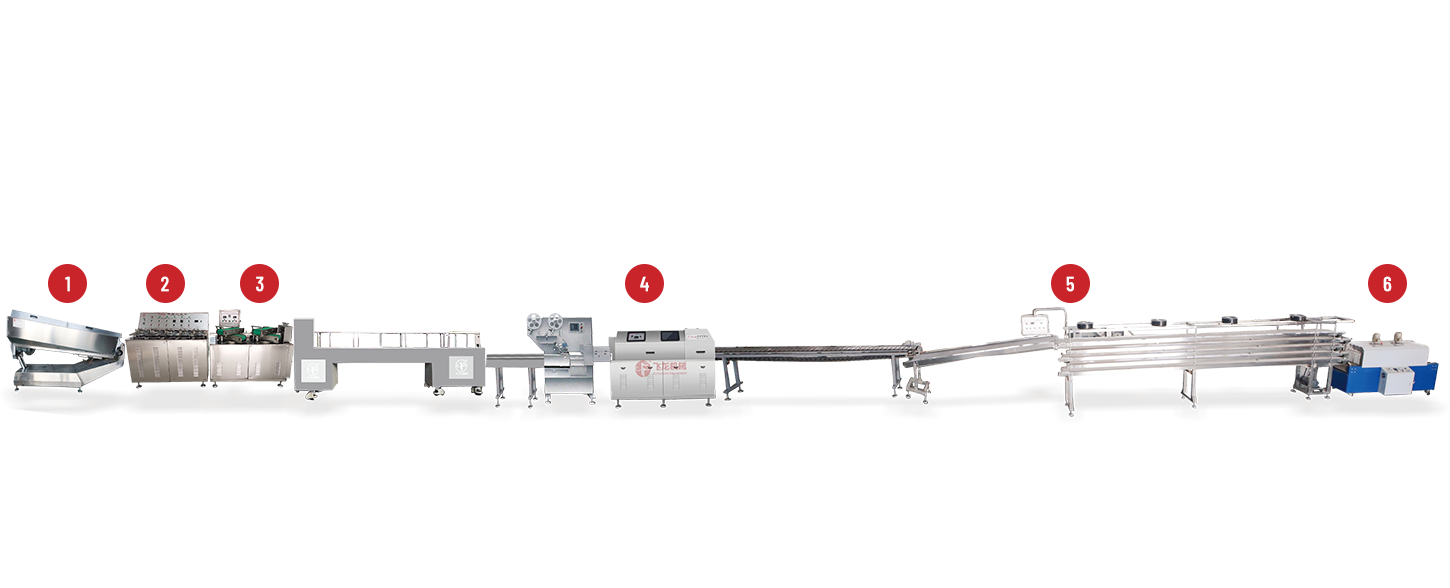
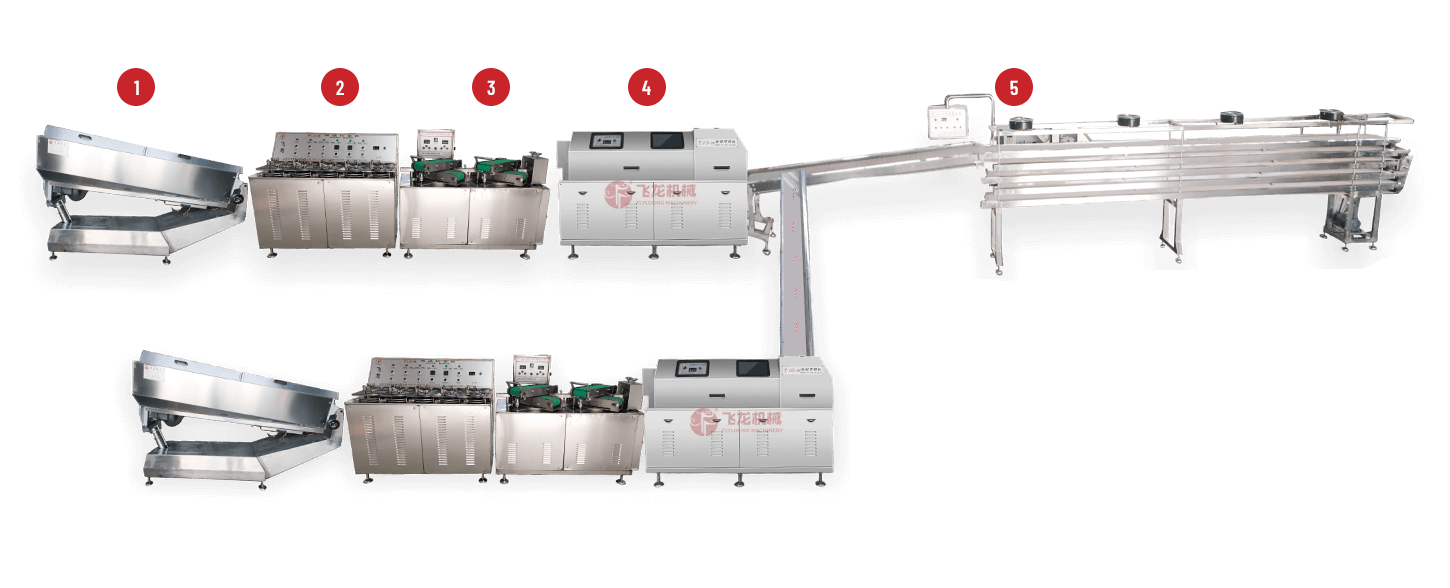
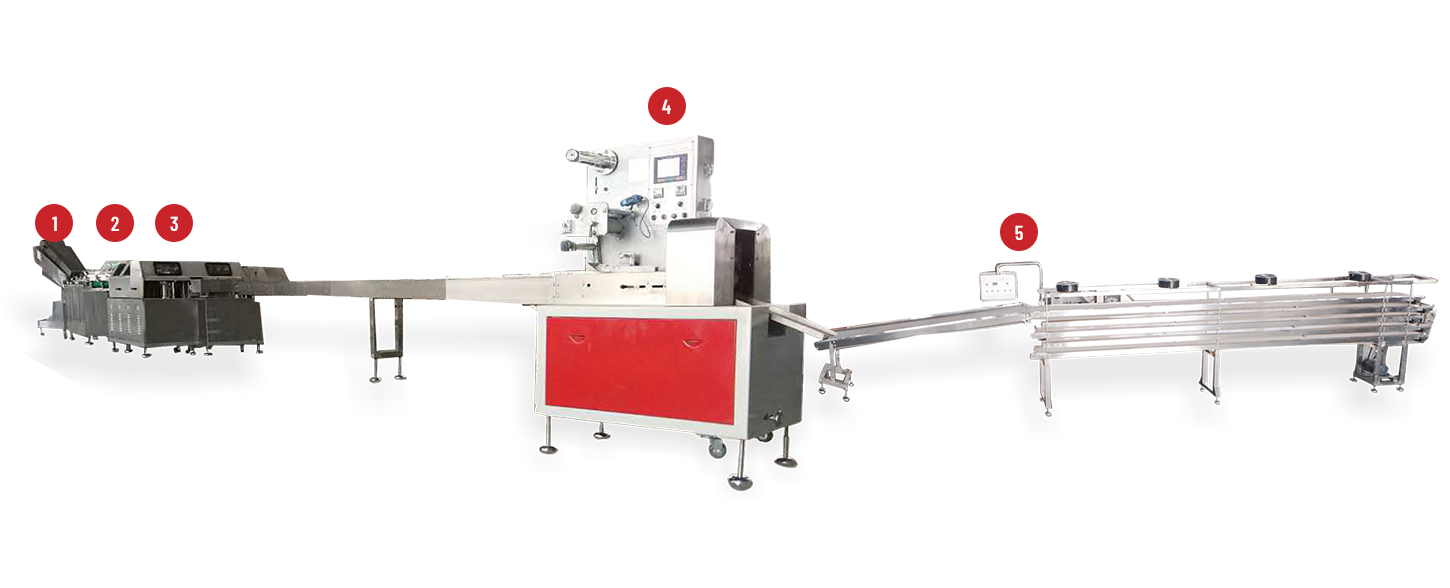
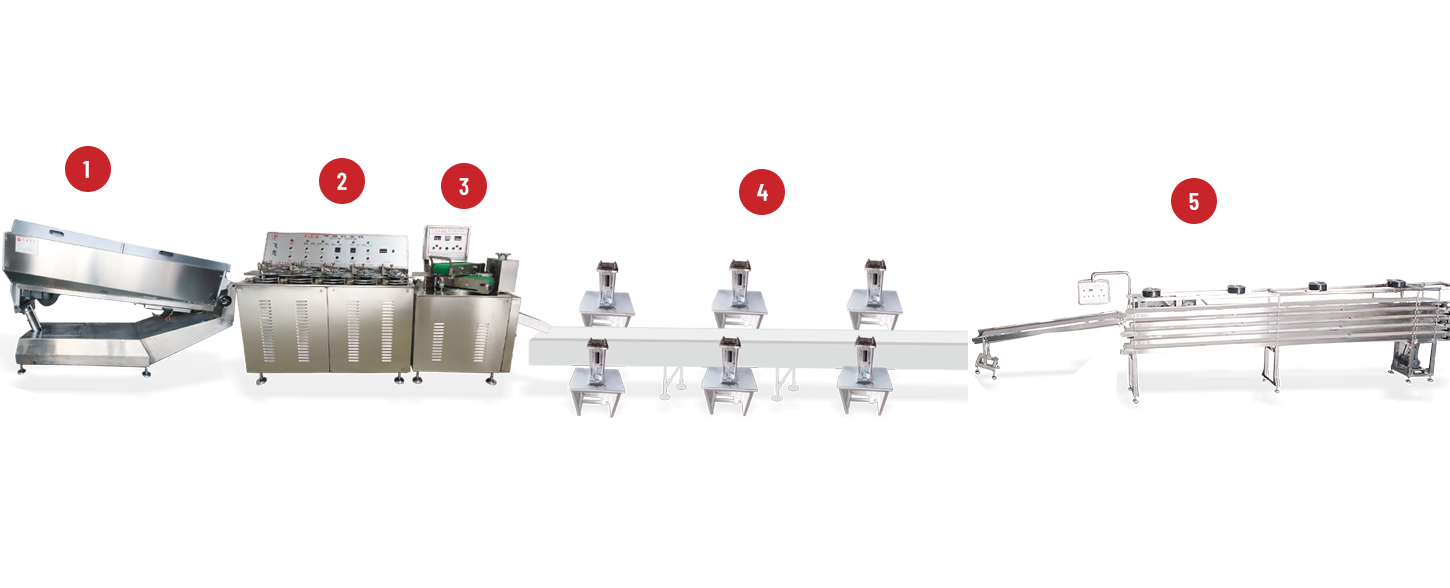
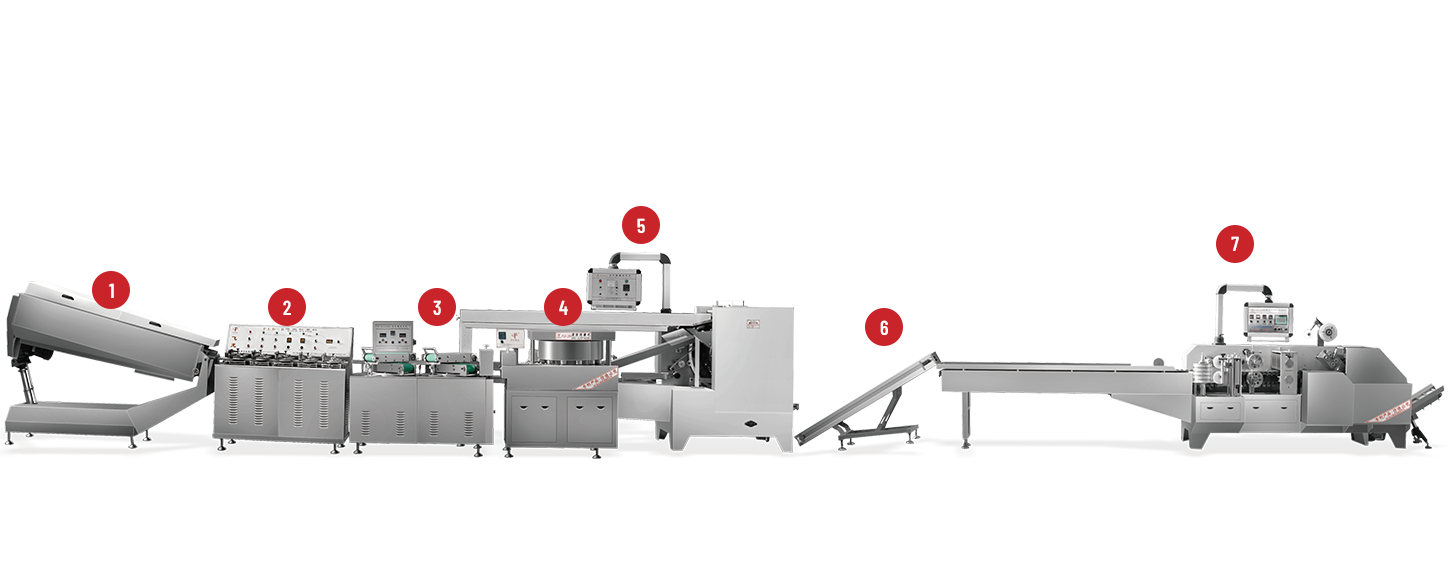
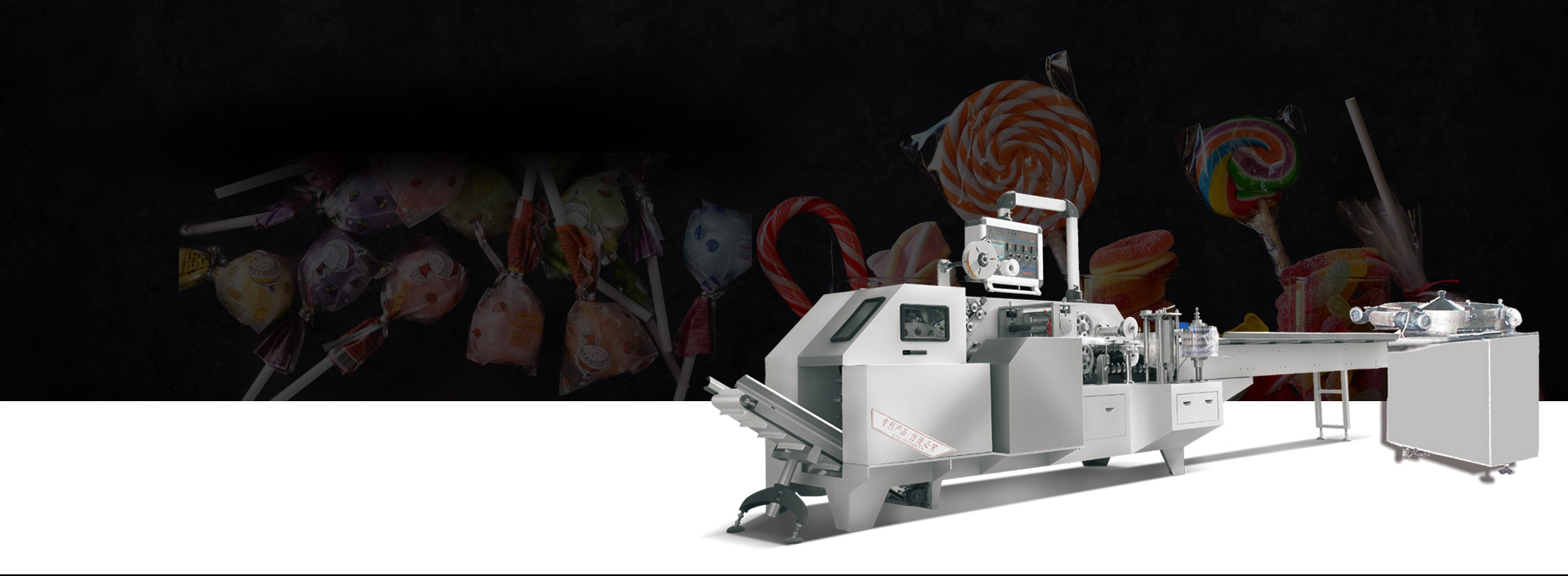
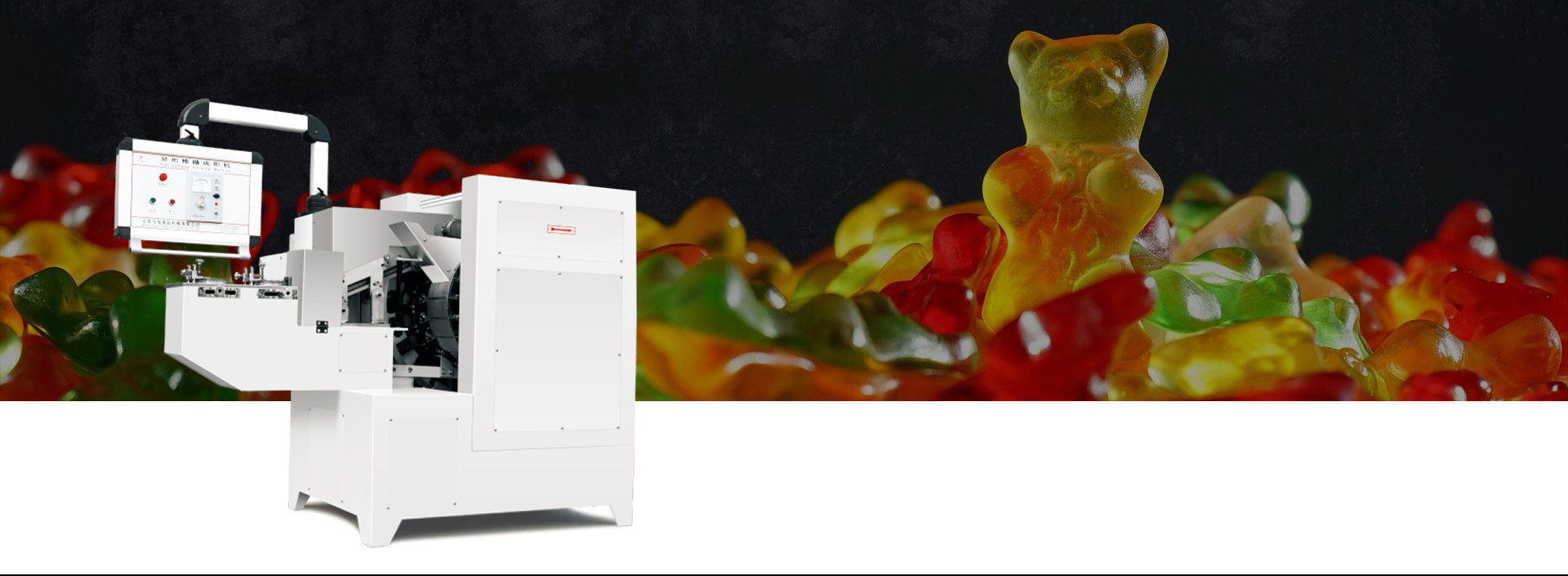
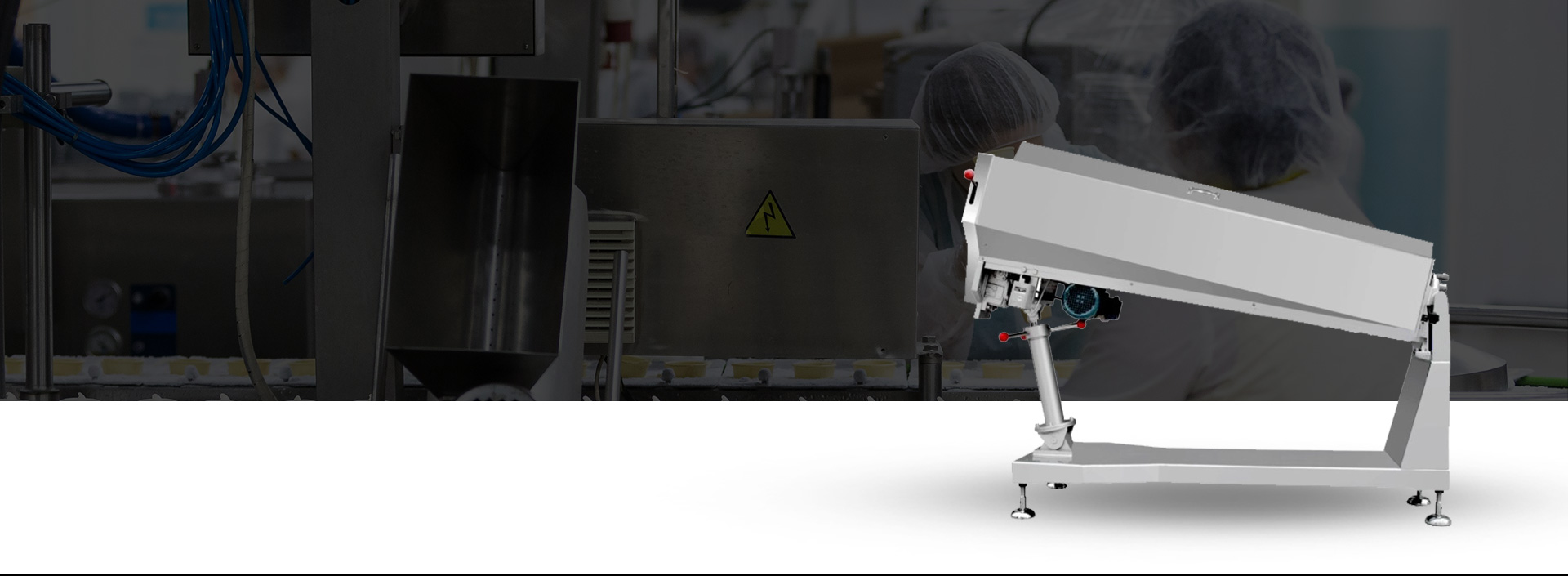
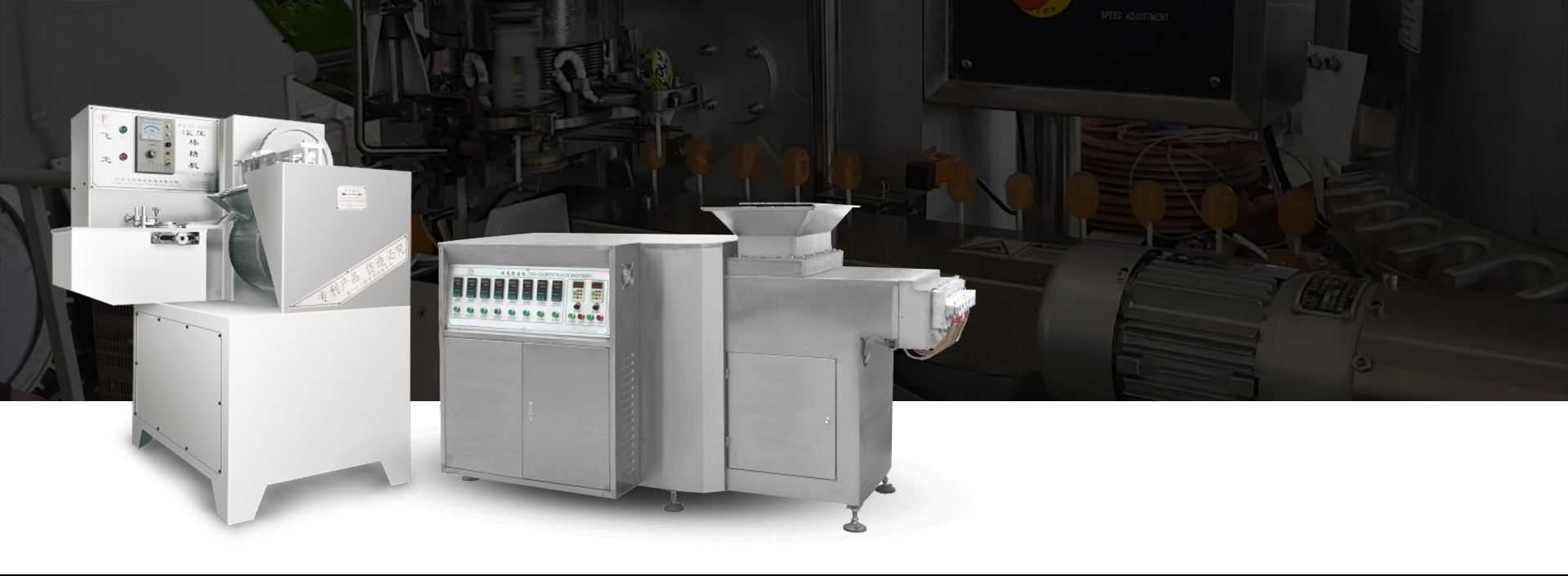
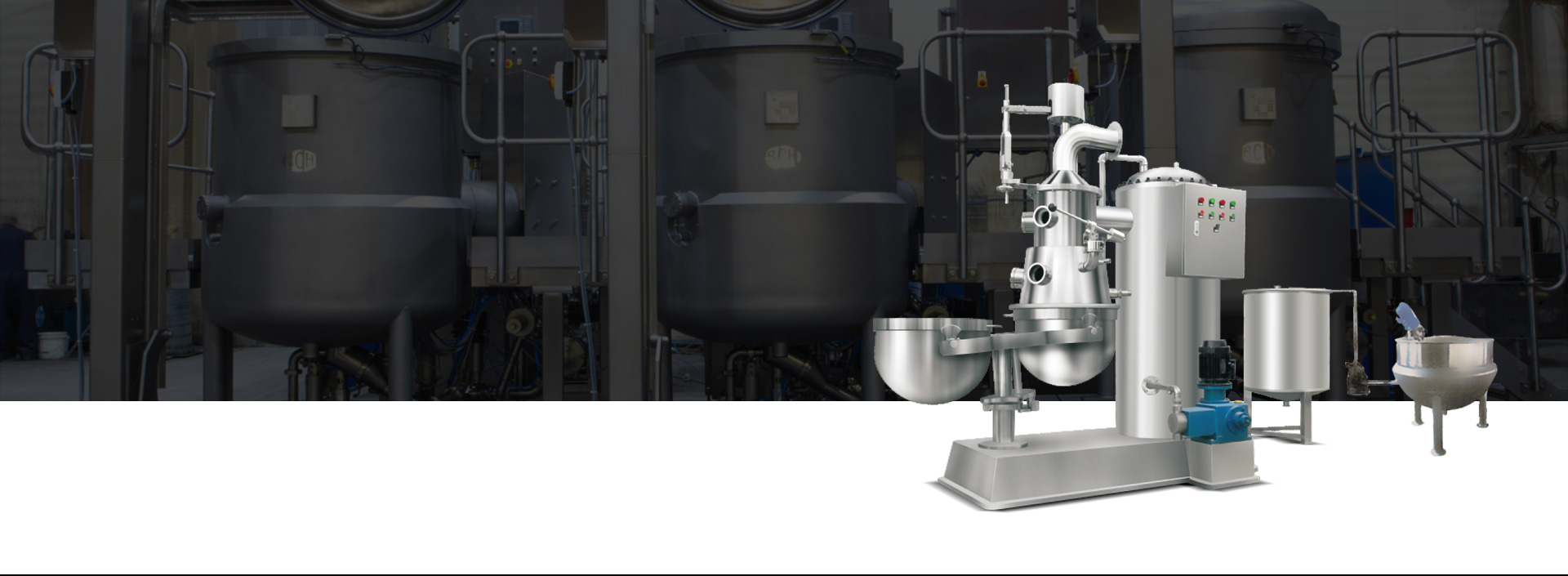

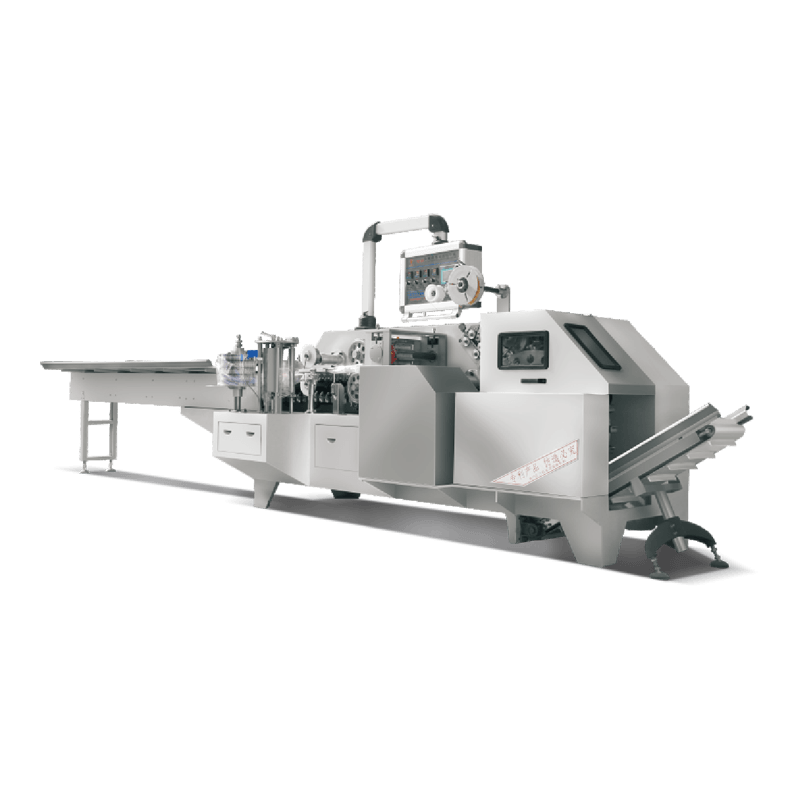
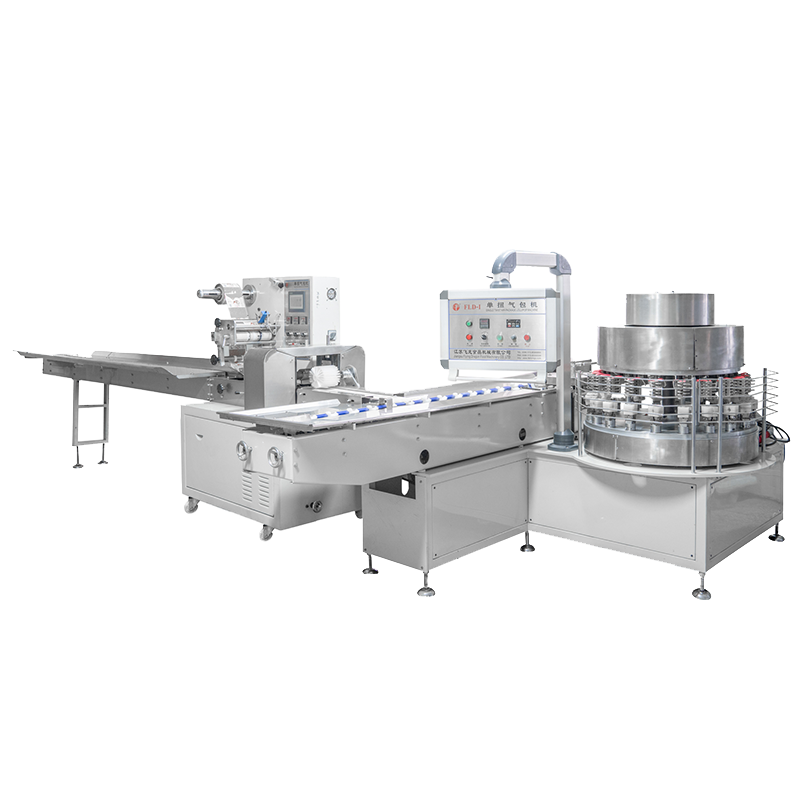
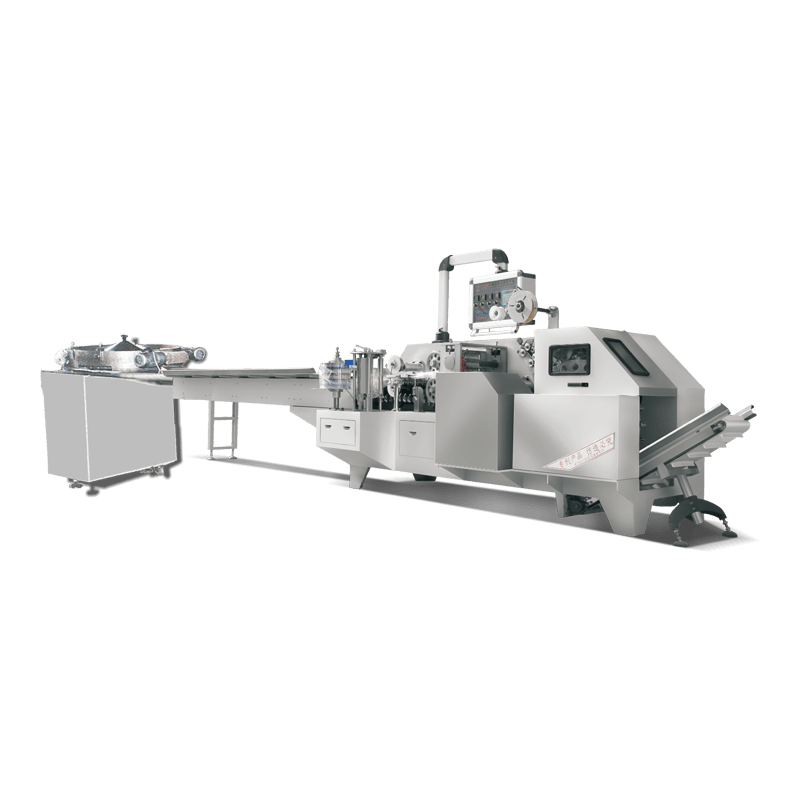
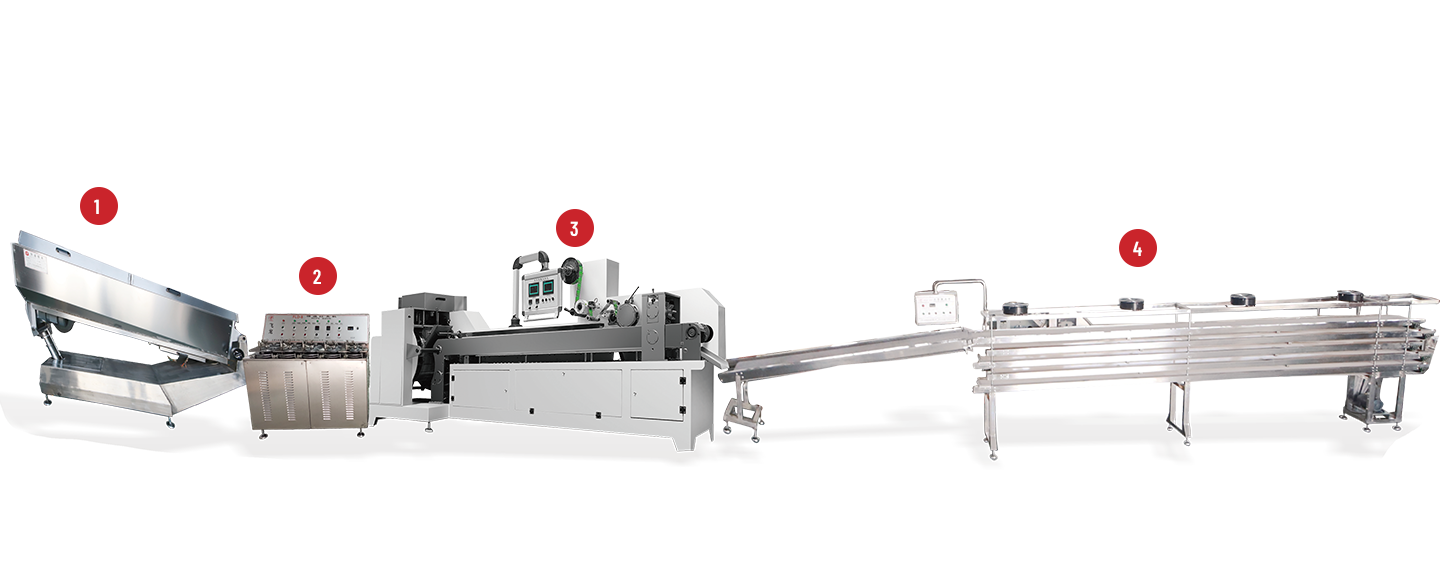
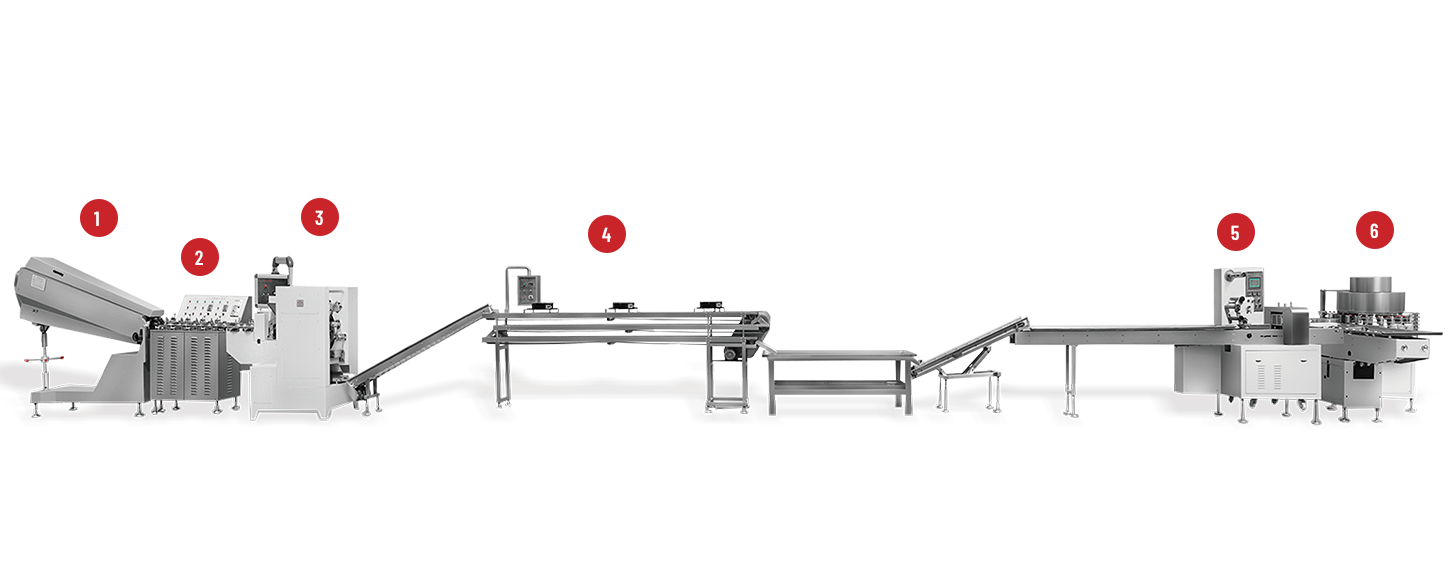
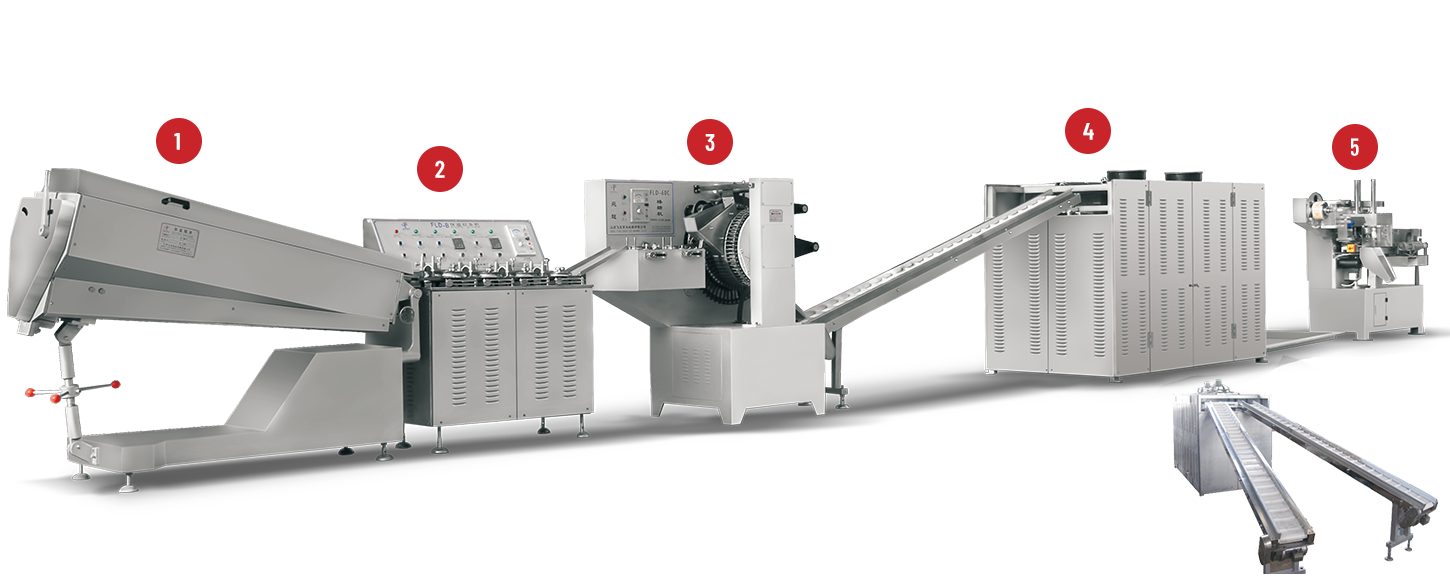
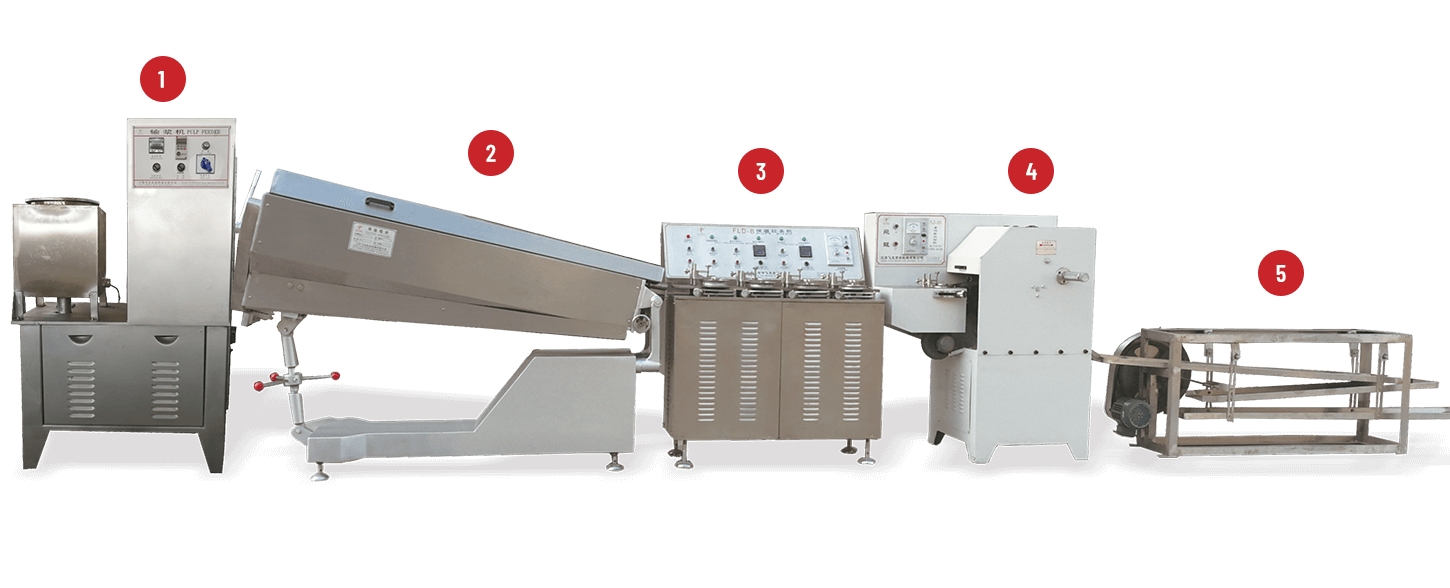
 +86-(0)515-8465666
+86-(0)515-8465666 +86-(0)515-85566996
+86-(0)515-85566996 +86-138 1559 9708
+86-138 1559 9708 flyloong@flyloongcn.com
flyloong@flyloongcn.com 
 Home
Home